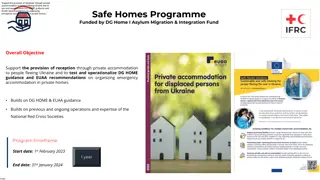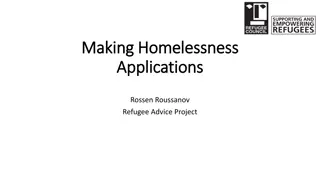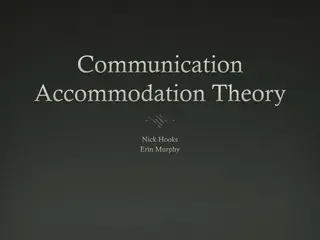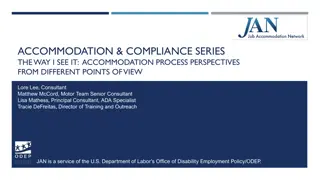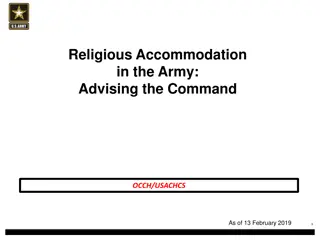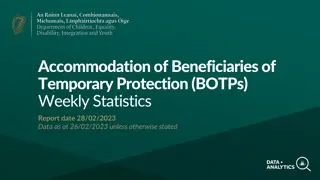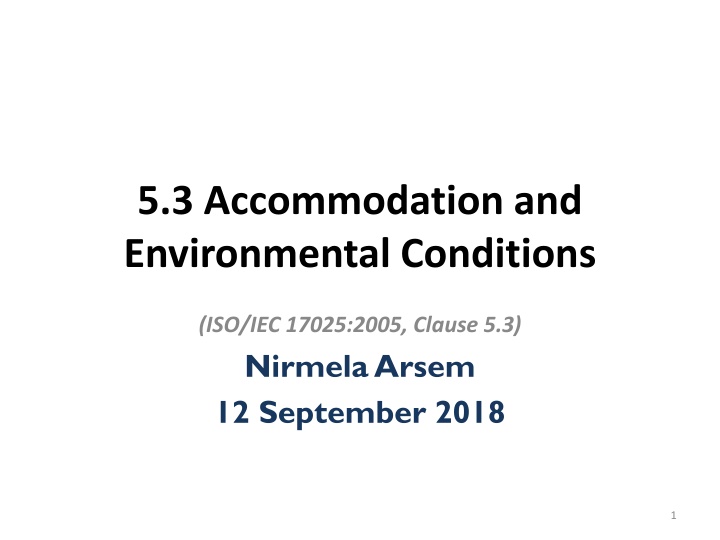
Laboratory Accommodation and Environmental Conditions: Guidelines and Control
Learn about the importance of maintaining proper laboratory facilities and environmental conditions for accurate testing and calibration. Understand the impact of lighting, energy sources, dust, disinfection, VOCs, and more on test results. Discover how to monitor, control, and document environmental conditions effectively to ensure the quality of testing. Prevent cross-contamination, control access to critical areas, and implement good housekeeping practices in the laboratory.
Download Presentation

Please find below an Image/Link to download the presentation.
The content on the website is provided AS IS for your information and personal use only. It may not be sold, licensed, or shared on other websites without obtaining consent from the author. If you encounter any issues during the download, it is possible that the publisher has removed the file from their server.
You are allowed to download the files provided on this website for personal or commercial use, subject to the condition that they are used lawfully. All files are the property of their respective owners.
The content on the website is provided AS IS for your information and personal use only. It may not be sold, licensed, or shared on other websites without obtaining consent from the author.
E N D
Presentation Transcript
5.3 Accommodation and Environmental Conditions (ISO/IEC 17025:2005, Clause 5.3) Nirmela Arsem 12 September 2018 1
5.3.1 5.3.1 Laboratory facilities for testing and/or calibration, including but not limited to energy sources, lighting and environmental conditions, shall be such as to facilitate correct performance of the tests and/or calibrations. The laboratory shall ensure that the environmental conditions do not invalidate the results or adversely affect the required quality of any measurement. Particular care shall be taken when sampling and tests and/or calibrations are undertaken at sites other than a permanent laboratory facility. The technical requirements for accommodation and environmental conditions that can affect the results of tests and calibrations shall be documented. Identify sources and conditions that impact the test adversely Lighting Energy sources Dust Disinfection VOCs Tests performed outside the lab Document the technical requirements 2
5.3.2 5.3.2 The laboratory shall monitor, control and record environmental conditions as required by the relevant specifications, methods and procedures or where they influence the quality of the results. Due attention shall be paid, for example, to biological sterility, dust, electromagnetic disturbances, radiation, humidity, electrical supply, temperature, and sound and vibration levels, as appropriate to the technical activities concerned. Tests and calibrations shall be stopped when the environmental conditions jeopardize the results of the tests and/or calibrations. Logbook for recording environmental conditions Set limits for environmental conditions at which point testing will stop 3
5.3.3 Identify sources of cross contamination 5.3.3 There shall be effective separation between neighbouring areas in which there are incompatible activities. Measures shall be taken to prevent cross- contamination. How to prevent cross contamination? 4
5.3.4 Controlled access 5.3.4 Access to and use of areas affecting the quality of the tests and/or calibrations shall be controlled. The laboratory shall determine the extent of control based on its particular circumstances. 5
5.3.5 Basic housekeeping 5.3.5 Measures shall be taken to ensure good housekeeping in the laboratory. Special procedures shall be prepared where necessary. Additional housekeeping measures for special areas Procedure for housekeeping 6



